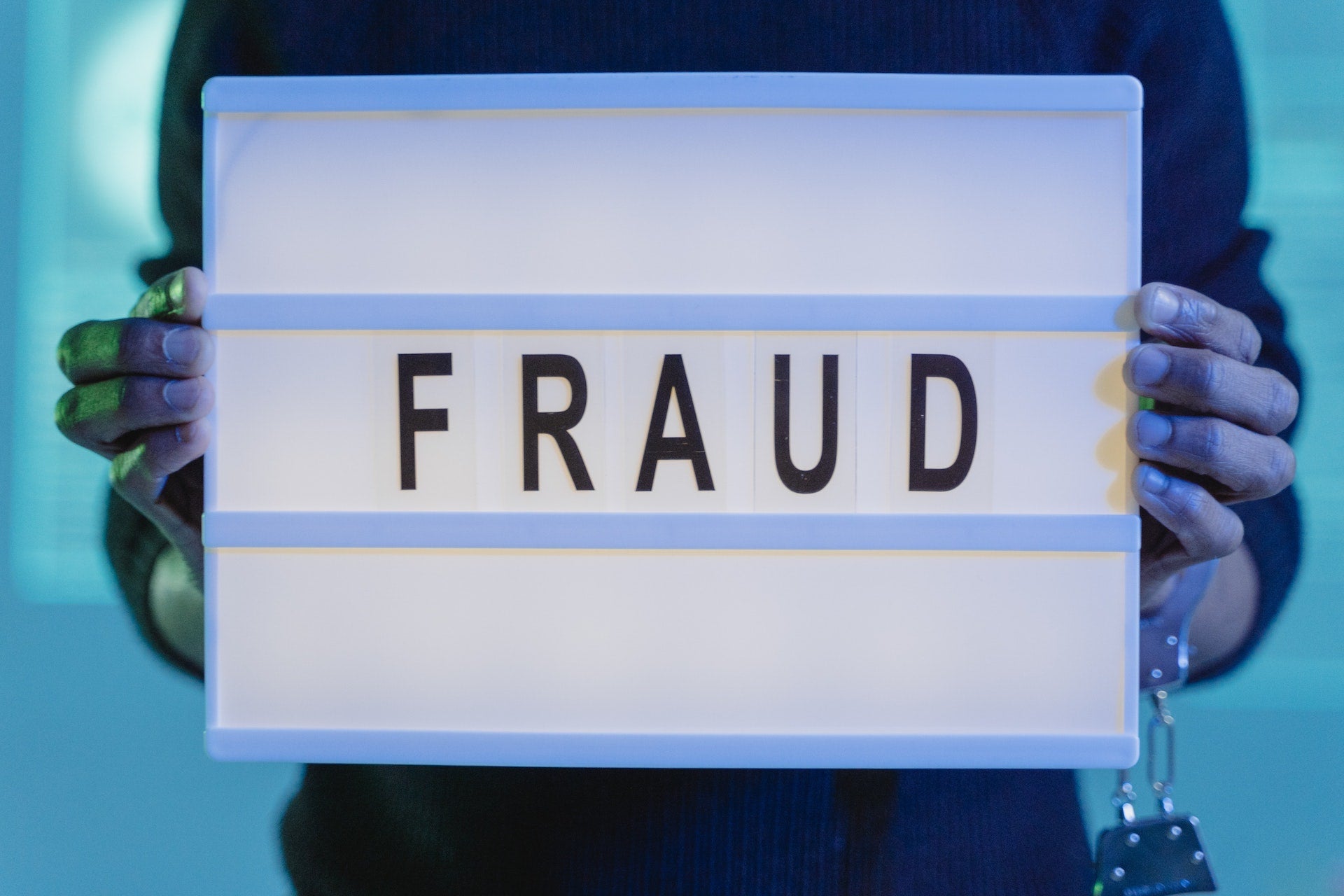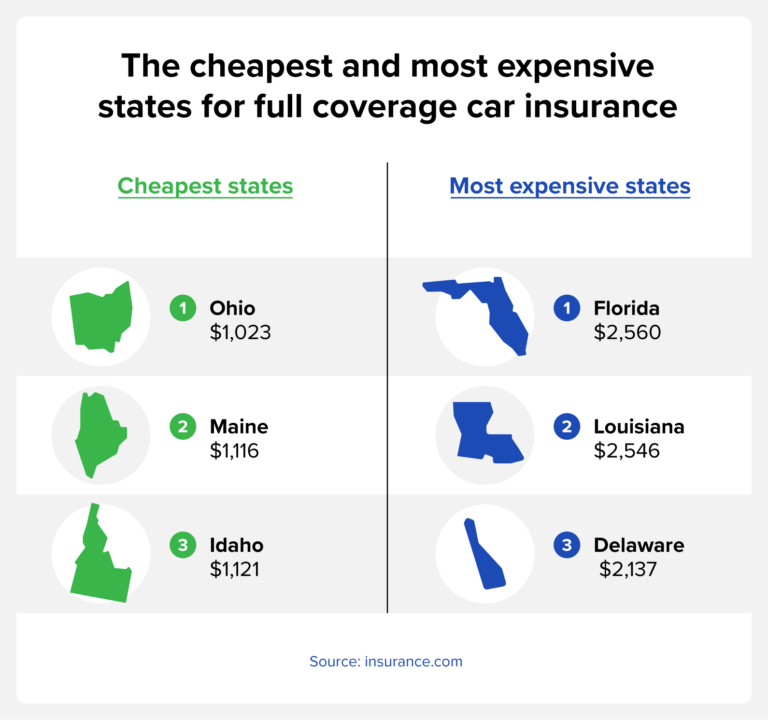“Every disaster movie starts with the government ignoring a scientist.” Vendors and lenders can’t ignore red ink. Here in Kansas City, one of the discussion topics is how relationships are important during these days when the balance sheets of many lenders and vendors don’t look so great after, for many companies, several quarters of losses. How much pain do some owners want? Balance sheets were plump after 2020 and 2021, and warehouse banks and investor counterparties continue to do business with companies that are losing money based on those balance sheets along with the servicing income. Now? The MBA’s oft-quoted Marina Walsh, VP of Industry Analysis, reported, “Independent mortgage banks and mortgage subsidiaries of chartered banks reported a pre-tax net loss of $1,015 on each loan they originated in the third quarter of 2023, an increase from the reported loss of $534 per loan in the second quarter of 2023. (Today’s podcast can be found here, sponsored by LoanCare, the mortgage subservicer known for delivering superior customer experience through personalization and convenience. Its award-winning portfolio management tool, LoanCare Analytics, supports MSR investors with a focus on customer engagement, liquidity, and credit risk.)
Lender and Broker Software, Products, and Services
Plug-n-play your way to better relationship marketing with Velma, an effortlessly simple CRM tailor-made for smaller lenders, banks, and credit unions. Say goodbye to expensive, complex systems. Velma delivers budget-friendly marketing automation solutions featuring zero implementation fees and seamless, hassle-free setup. With hyper-personalized engagement, effortless efficiency, and a proven track record with over 40,000 mortgage professionals since 2007, Velma simplifies your journey, supercharges your marketing, and keeps your loan officers doing what they do best. Join the Velma revolution today and transform your lending business!
It’s the most wonderful time of the year… budget planning! A great POS shouldn’t cost an arm and a leg, and a budget-friendly POS shouldn’t suck. Check out LiteSpeed by LenderLogix – great, budget-friendly, and integrates seamlessly with Encompass® by ICE Mortgage Technology™.
As we head into the holiday season, also known as the time to review your 2024 plans, AmeriHome Correspondent, backed by the strength of Western Alliance Bank, wants to speak to you about how a relationship with them will help you navigate the coming year. Combined with AmeriHome’s industry leading loan purchase platform, this is a “must-have” relationship for mortgage bankers of all shapes and sizes. Financial institutions, IMBs and Emerging Bankers alike benefit from AmeriHome’s Delegated and Non-Delegated options, full suite of conventional and government products, and Bulk, Bulk/AOT and Best-Efforts delivery options. Learn how Leveraging Western Alliance Bank’s Warehouse Lending, MSR Financing, and Treasury Management services can enhance your bottom line and improve execution with AmeriHome. Check out Upcoming Events for details on where they’ll be through year-end, find your sales rep here, or send them an email to learn more about partnering with AmeriHome!
Remember when you could just pick up your phone and text a client with news about their loan? Nowadays, a few bad actors are using texts to bombard people with texts that they don’t want. And go figure, the FCC and the TCPA implemented new A2P 10DLC requirements, to try and stop the junk texting. And the fines for noncompliance are serious. Recently, a mortgage company was fined north of $7 million by the TCPA. That’s scary. Are your salespeople texting their databases? Have your compliance teams even heard about 10DLC federal regulations? Since ALL texting through mortgage CRMs falls under this federal law, it is imperative that you utilize texting legally and compliantly. What have your CRM providers done to help you navigate this challenging compliance landscape? Click here to learn more about the regulations and what you need to do. Share this Infographic with your team.
Ever heard the one about the investor who didn’t need more value? Neither have we! Join Planet Loan Servicing at the IMN SFR Forum West Dec. 4-6 to explore how our expert blend of technology, service, and cost-efficiency enhances Single-family Rental investments. Managing $100B+ in total assets, Planet provides top-tier expertise and savings-focused strategies to support robust portfolio performance. Enjoy complimentary access to our proprietary tools and discover how we create lasting value. Let’s connect in Scottsdale and unlock the full potential of your investments. To schedule your meeting now Email [email protected] or call (585) 512-1030.
Despite the recent rally, this year’s deterioration in the MBS market, marked by both its scale, duration, and concurrent surge in rates, is consistently surprising observers with its resilience. Seeking insights from historical patterns, MCT’s industry webinar titled “The Great Inflation vs. 2024: Analysis & New Tools for the Current Market” aims to provide answers and current market analysis. Phil Rasori and Andrew Rhodes will delve into the current market scenario, draw comparisons with pertinent historical precedents, and introduce new MCT software functionality. Register for today’s webinar at 11am PT for information and valuable insights to navigate the challenges of this historic market.
“Turn fixed costs into variable costs on a dime. When the market zigs, lenders need the flexibility to zag. Richey MayAdvisory brings the mortgage industry expertise and agility you need to convert fixed costs into variable costs. Our difference maker is your ability to outsource services to highly trained experts in a model that fits your needs. Whether that means loan-level accounting, advisory, business intelligence, compliance support, cyber services, internal audits, or underwriting automation, we have the tools, knowledge, and experience to deliver value and improve your financial performance unlike any competitor, anywhere. You’ll feel it almost immediately in your day-to-day operations. Even better, you’ll notice the difference in your bottom line. Reach out or visit our website to learn more about how we can help your operation.”
Processing and Fulfillment Tools
ACES Quality Management Announces Preliminary Speaker Lineup and New Location for ACES ENGAGE 2024! ACES ENGAGE conference will take place at the Ritz Carlton Dove Mountain hotel in Tucson, Ariz. on May 19 – 21, 2024. Attendees learn from industry experts and thought leaders, network, and leave with the knowledge necessary to increase efficiencies, improve productivity and further quality at their organizations. This year’s keynote speaker is Robyn Benincasa, a two-time world champion adventure racer, 20+ year veteran San Diego firefighter and 2014 CNN Hero. In addition, ACES has gathered industry experts for this year’s speaker lineup, including Joel Kan, vice president and chief economist at the Mortgage Bankers Association; vice president at Fannie Mae, Bill Cleary; and Richard J. Andreano, Jr., partner, and practice leader of Ballard Spahr’s Mortgage Banking Group. Discount pricing available. Register today!
“We are painfully aware of the emotional and financial stress lenders are experiencing in the current environment. Many of you have been forced to choose between saving great people or saving the company: a horrible set of choices. However, with the help of our patented machine + human mortgage loan fulfillment solution, you will never find yourself in that situation again. By harnessing the CandorPLUS™ full loan lifecycle solution and its decision-ready file output, will ensure that you can quickly and confidently scale up or down to match your volume while simultaneously improving your performance metrics: cost, speed and quality. Click here to schedule a call to explore how CandorPLUS™ can help you change the way your business navigates market volatility going forward.”
MBA on Origination Volume
According to the Mortgage Bankers Association’s (MBA) newly released Quarterly Mortgage Bankers Performance Report, “A decline in originations volume worsened net production losses in the third quarter of 2023. While production revenues stayed relatively flat, per-loan production costs reverted to the third-highest level in the history of MBA’s survey, which reversed a portion of the cost improvements made in the second quarter.”
Ms. Walsh elaborated. “Net production income has been in the red for six consecutive quarters. MBA forecasts lower industry volume over the next two quarters compared to last quarter, which means a turnaround is unlikely until the second quarter of 2024. One silver lining is that mortgage servicing continues to be a bright spot for many companies. Combining both the production and servicing business lines, roughly half of mortgage companies stayed profitable in the third quarter of 2023. Were it not for mortgage servicing, only about one in three companies would have been profitable.”
Including all business lines (both production and servicing), 51 percent of the firms in the study posted pre-tax net financial profits in the third quarter, down from 58 percent in the second quarter. The average pre-tax production loss was 34 basis points (bps) in the third quarter of 2023, compared to an average net production loss of 18 bps in the second quarter of 2023, and a loss of 20 basis points one year ago. The average quarterly pre-tax production profit, from the third quarter of 2008 to the most recent quarter, is 45 basis points.
The average production volume was down 5 percent from the second quarter. Total production revenue (fee income, net secondary marketing income and warehouse spread) increased to 329 bps in the third quarter, up slightly from 328 bps in the second quarter. On a per-loan basis, production revenues decreased to $10,426 per loan in the third quarter, down from $10,510 per loan in the second quarter.
The purchase share of total originations, by dollar volume, was constant at 89 percent. For the mortgage industry as a whole, MBA estimates the purchase share was at 82 percent in the third quarter of 2023.
Total loan production expenses (commissions, compensation, occupancy, equipment, and other production expenses and corporate allocations) increased to $11,441 per loan in the third quarter, up from $11,044 per loan in the second quarter of 2023 versus an average of $7,305 per loan over the last fifteen years.
Servicing net financial income for the third quarter (without annualizing) was $90 per loan, down from $94 per loan in the second quarter. Servicing operating income, which excludes MSR amortization, gains/loss in the valuation of servicing rights net of hedging gains/losses, and gains/losses on the bulk sale of MSRs, was $104 per loan in the third quarter, down from $105 per loan in the second quarter. (Any questions should be addressed to Marina Walsh.)
Capital Markets
Cooling prices and slipping retail sales are pointing to a fabled soft landing. We learned yesterday that U.S. producer prices declined 0.5 percent last month, the most since April 2020. The decline was mostly due to a drop in gasoline prices, adding fuel (sorry) to the assumption that global central banks are finished with interest rate hikes. If you strip out food and energy, the producer price index was flat on a month-over-month basis and registered lower than expectations.
Meanwhile, we also learned that U.S. retail sales fell 0.1 percent month-over-month in October after a summer spending flurry: should we be cautious about the consumer? The report isn’t adjusted for inflation, so consumer demand for goods in October fell off noticeably from September but was better than expected as expectations were for a larger decline. Sales were up 2.5 percent on a year-over-year basis. Overall, PPI was supportive of bond prices, while the retail sales number was negative for bond prices.
Yesterday’s reports followed consumer price data from Tuesday showing that inflation is broadly slowing. Additionally, recent figures have indicated tempered job growth, suggesting the economy is slowing after aggressive rate hikes by the Federal Reserve. Pricing in fed funds futures markets currently implies a zero chance of another rate hike this year, and that the first interest rate cuts will come in May of next year. Of course, the Fed has indicated that it will remain data dependent. My personal opinion is that the bond market is at risk of leaning too heavily toward rate cuts next year.
Today’s economic calendar is already under way with import prices (+.6 percent, much higher than expected, but down ex-petroleum; -2.0 percent for the year), weekly jobless claims (231k, up from 218k; 1.863 million continuing claims), and Philadelphia Fed manufacturing (5.9). Later today brings industrial production and capacity utilization for October, the NAHB Housing Market Index for November, Kansas City Fed manufacturing for November, Treasury announcing next week’s auctions of 20-year bonds, reopened 10-year TIPS, and 2-year FRNs, Freddie Mac’s latest Primary Mortgage Market Survey, and a full slate of Fed speakers (Vice Chair for Supervision Barr, Cleveland President Mester, New York President Williams, Fed Governor Waller, and Fed Governor Cook. We begin the day, one week before Thanksgiving, with Agency MBS prices better by about .250 and the 10-year yielding 4.46 after closing yesterday at 4.54 percent; the 2-year is down to 4.84.



